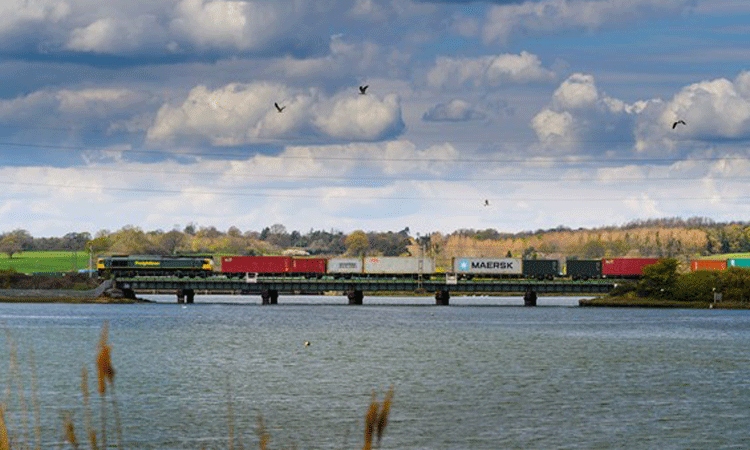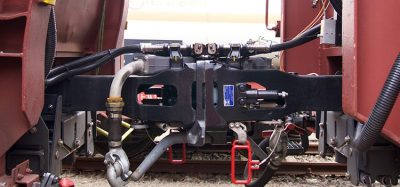Britain’s rail freight industry returns to pre-COVID-19 levels
Posted: 27 September 2021 | Global Railway Review | No comments yet
According to statistics revealed by the Office of Rail and Road, the volume of freight transported across Britain’s railway in Q1 of 2021, has returned to pre-COVID-19 pandemic levels.


Credit: Office of Rail and Road (ORR)
The Office of Rail and Road (ORR)’s Freight Rail Usage and Performance statistics show that in the first quarter of this year (April to June 2021) a total of 4.33 billion net tonne-km of rail freight was moved across the network.
This is an increase of 36.5 per cent on the same quarter last year (2020-21 Q1), and an increase by 1.3 per cent compared with the same quarter two years ago (2019-20 Q1).
ORR’s statistics also show rail freight continued to have a punctuality figure above 90 per cent, despite a drop in performance compared to the same quarter in 2020-21 and 2019-20.
Freight operators also experienced 8.27 minutes of delay per 100 train km in 2021-22 Q1. This was 52.8 per cent higher (i.e. worse) than the same quarter a year earlier (2020-21 Q1). It was also 3.0 per cent higher than the same quarter two years ago (2019-20 Q1).
Construction products moved by rail freight companies increased the most compared with 2020-21 Q1, due to high levels of demand for aggregates to fulfil the start of HS2 work.
Domestic intermodal, which includes the transporting of goods to and from Britain’s ports, had the largest share of freight moved at 37.9 per cent. Despite a 22.5 per cent increase in volumes since 2020-21 Q1, there has been a reduction of 3.8 per cent compared with 2019-20 Q1.
Coal continues its downward trend, reducing by 65.2 per cent compared to 2019-20.
ORR also found that freight lifted increased by nearly five million tonnes over the last year.
Related topics
Cargo, Freight & Heavy-Haul, Coronavirus/COVID-19, Operational Performance







